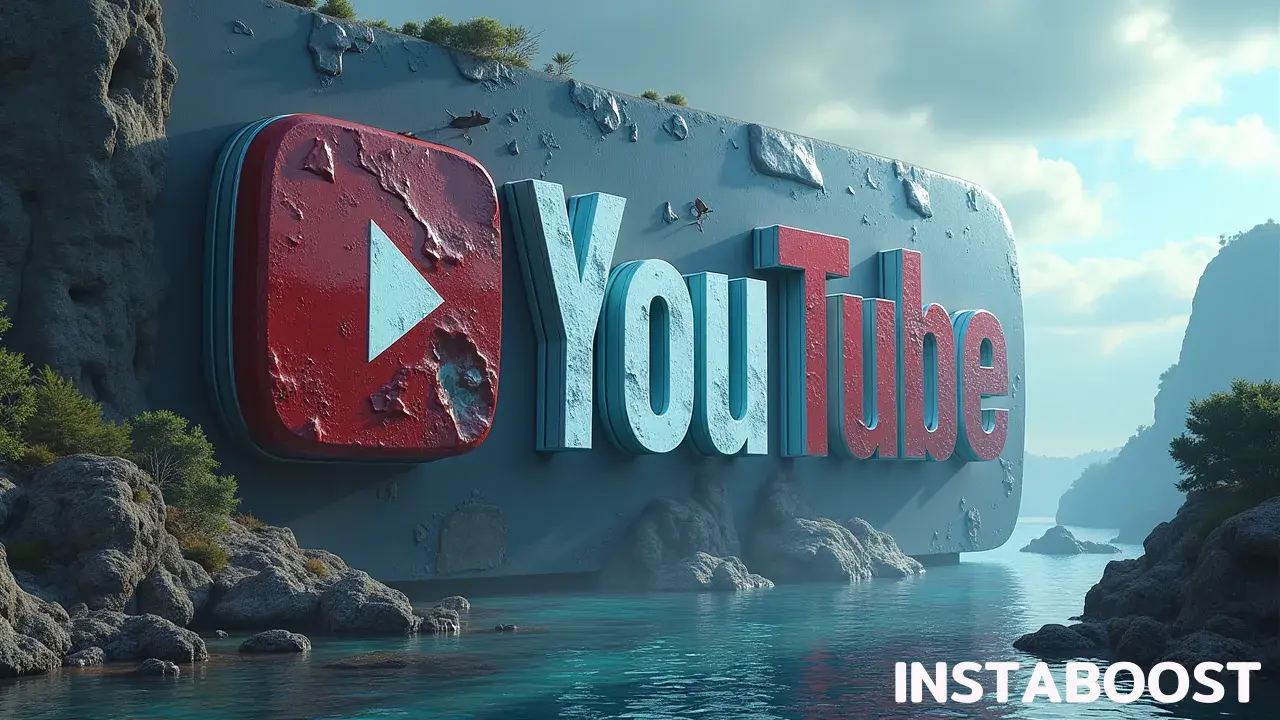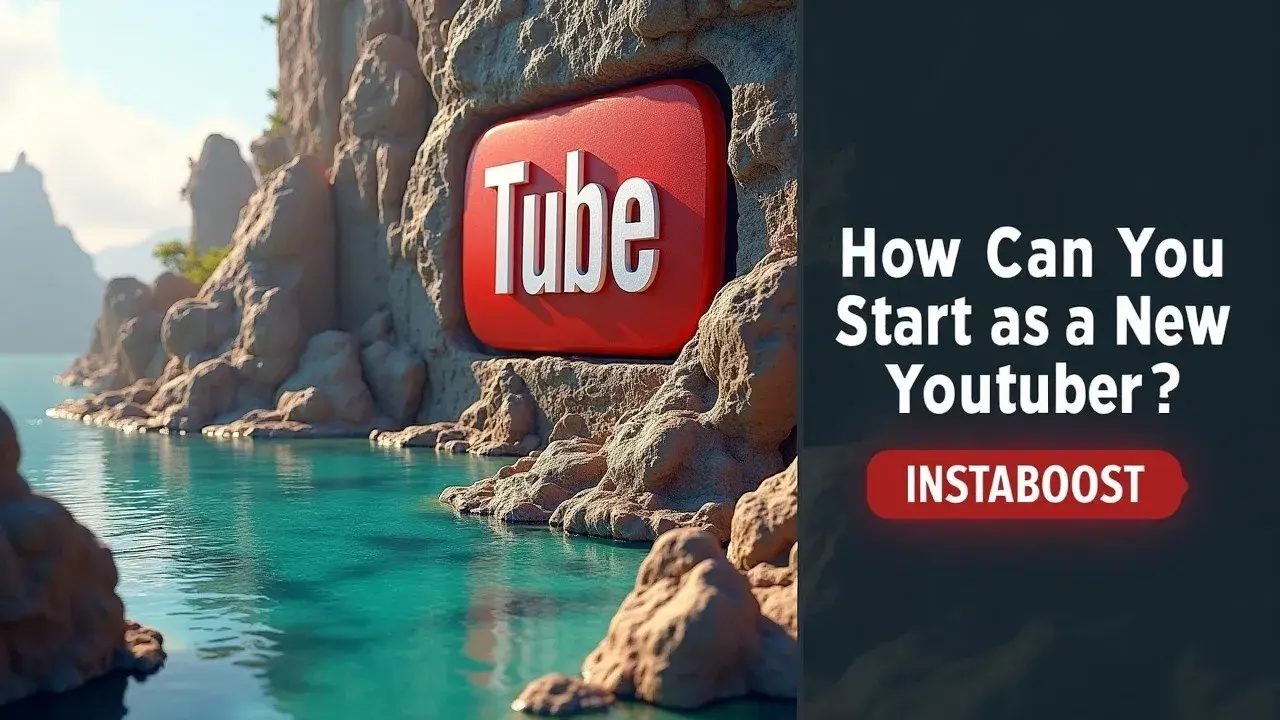How Can You Start as a New YouTuber?
Starting with a simple, sustainable schedule builds momentum from the outset. Early videos provide rapid feedback, so track a single metric such as watch time retention at 30 seconds and iterate on topics and titles accordingly. A small rise in comments by the third upload signals resonance and helps validate tighter themes and clearer packaging. Consistency over months compounds results, making focused content and reliable releases the smart path to reaching 1K views faster.
Start With a Simple System, Not a Grand Plan
You don’t need a studio or a perfect niche to begin. You need a repeatable way to publish and learn. Commit to a cadence you can actually keep – weekly is plenty – and treat each upload as a small experiment: one tight topic, a clear promise in the title, and a thumbnail that makes that promise obvious at a glance. Your first wins likely won’t be viral spikes. They’ll be retention signals – do people stay through the first 30 seconds, and where do they drop? Pair those reads with real comments and a couple of creator collabs that share your audience intent, and you’ll feel early momentum faster than chasing trends.
Targeted promotion works when it’s matched to the video’s hook and measured with clean analytics. Small budget boosts to your best-performing first hour help when they amplify what’s already resonating. Think of “How can you start as a new YouTuber?” as a searcher’s question you must answer in the first 10 seconds of your own videos – show the payoff, then deliver it.
Tools and add-ons can speed this up if they’re reputable and fit your workflow – A/B testing thumbnails, quick keyword checks for search intent, and simple dashboards that surface retention dips – so you spend less time guessing and more time iterating, which is why a short list of curated YouTube growth tools can be handy to keep nearby.
Tools and add-ons can speed this up if they’re reputable and fit your workflow – A/B testing thumbnails, quick keyword checks for search intent, and simple dashboards that surface retention dips – so you spend less time guessing and more time iterating, which is why a short list of curated YouTube growth tools can be handy to keep nearby.
The non-obvious edge is to treat early uploads as data-gathering assets, not identity statements. When a third video gets a bump in comments or average view duration nudges up, double down on that angle, not your original idea. Consistency compounds if you keep a tight testing loop that connects topic, packaging, and on-screen delivery to one metric you can move this week.

Borrow Credibility Before You’ve Earned It
Here’s the trap even sharp marketers hit: trying to “prove” authority with gear and big claims when the platform mostly rewards proof of attention. Watch time that holds, genuine comments, and clear topical signals are what move you forward. As a new YouTuber, aim for credibility you can measure. Make a public promise you can keep – a weekly slot, a tight topic, and a thumbnail – title pair that telegraphs the outcome.
Then borrow trust in calibrated ways. Use one reputable editing template to keep visuals consistent – it signals intent without bloating your workflow. Collab with a creator one step ahead of you. These micro-collabs work because their audience is already primed for your niche, and you’ll see it in retention curves that stay flat past the 30-second mark. If you run paid promotion, use it as a diagnostic, not a vanity spike – small, targeted boosts to your warmest lookalikes in the first 24 hours to test the hook and thumbnail clarity, and remember that seemingly quick fixes such as buy YouTube followers instantly rarely translate to the watch-time signals that actually matter.
Buying reach works when quality, fit, timing, and measurement align, and your safeguard is clean analytics. Track the first-hour click-through rate and the percentage of viewers who comment something specific you asked for. That’s how you spot early momentum. Credibility compounds when your next video references a real viewer question, shows a quick result, and closes with a clear next step. This turns each upload into a testing loop the algorithm can trust. Search-friendly phrases like “how to start a YouTube channel” used in natural language help surface you, but authority sticks when viewers finish and engage. Keep the cadence, keep the experiments small, and let your data-backed promises do the heavy lifting.
Design Your First 90 Days Around Signals, Not Subscriptions
Start where attention already lives. Build your plan around the few inputs that reliably move a new YouTube channel: early retention, clear topic signals, and honest comments you can act on. Treat the first 90 days as a testing loop with one topic cluster, one audience guess, and one metric you’ll defend – like holding 60% at 30 seconds. If that dips, adjust the first 15 seconds instead of changing the whole format. Pair each upload with a targeted promotion matched to intent. Share in one qualified community, run a small, well-aimed ad to the exact topic keyword you rank for, or collaborate with a creator whose viewers already want that answer.
Promotions work when the promise is tight, the thumbnail and title match the content, and your analytics are clean enough to see what changed; even tactics people debate – whether to tweak metadata, lean harder on session starts, or buy YouTube likes safely – should be judged by whether they improve real watch time, not impressions. Use end screens and pinned comments as retention bridges – invite one next video that logically follows, not five. If you use paid accelerants, choose reputable placements and cap spend until watch time holds. The goal is validated viewers, not vanity spikes. Keep your edits modular so you can A/B the hook, thumbnail, and title without re-cutting the whole piece.
After each release, log three things: where viewers bailed, what they commented unprompted, and which search term drove the best session duration – terms like “how to start as a new YouTuber” can reveal intent you can serve next week. This keeps you aligned with the platform’s incentives and turns small wins into early momentum. Over time, your cadence plus these signals becomes proof of attention – the credibility you were trying to borrow.
Resist the Vanity Metrics, Pick Fights You Can Win
Every step made sense on paper until I tried it. The checklist said post daily, chase trends, blast shorts, and beg for subs, yet those moves can scatter the signals YouTube needs to place you. If you’re starting fresh, resist doing everything at once and swap it for choices you can measure this week: one topic cluster, one hook pattern to test, one retention target. Vanity spikes can feel like progress, but they rarely turn into watch time that holds.
A thousand empty views won’t tell you why people bailed at second 12, while five honest comments might. Promotion works when it’s matched to intent. Aim for communities already primed for your topic, pair it with clean analytics, and give a clear call to watch the first 30 seconds. Paid boosts can help if you use reputable placements, narrow audiences, and safeguards like frequency caps and creative rotation tied to retention signals, though some analysts even treat controlled test traffic – see buy views for better analytics – as a diagnostic, not a growth lever.
Collabs land when the overlap is real. Borrow the audience, not just a face. Gear upgrades pay off when they remove friction, like better lighting to prevent drop-off from grainy video, and a cheaper mic placed correctly often beats a pricier one used poorly. If a short trend fits your topic, ride it to test hooks, then funnel to a core video that proves depth. Treat each upload as a testing loop. Adjust your first 15 seconds before you torch the format, and let genuine comments set your next experiment. Growth that compounds comes from fewer, sharper moves, not louder ones. That’s how you reach your first 1K YouTube views with momentum that sticks.















